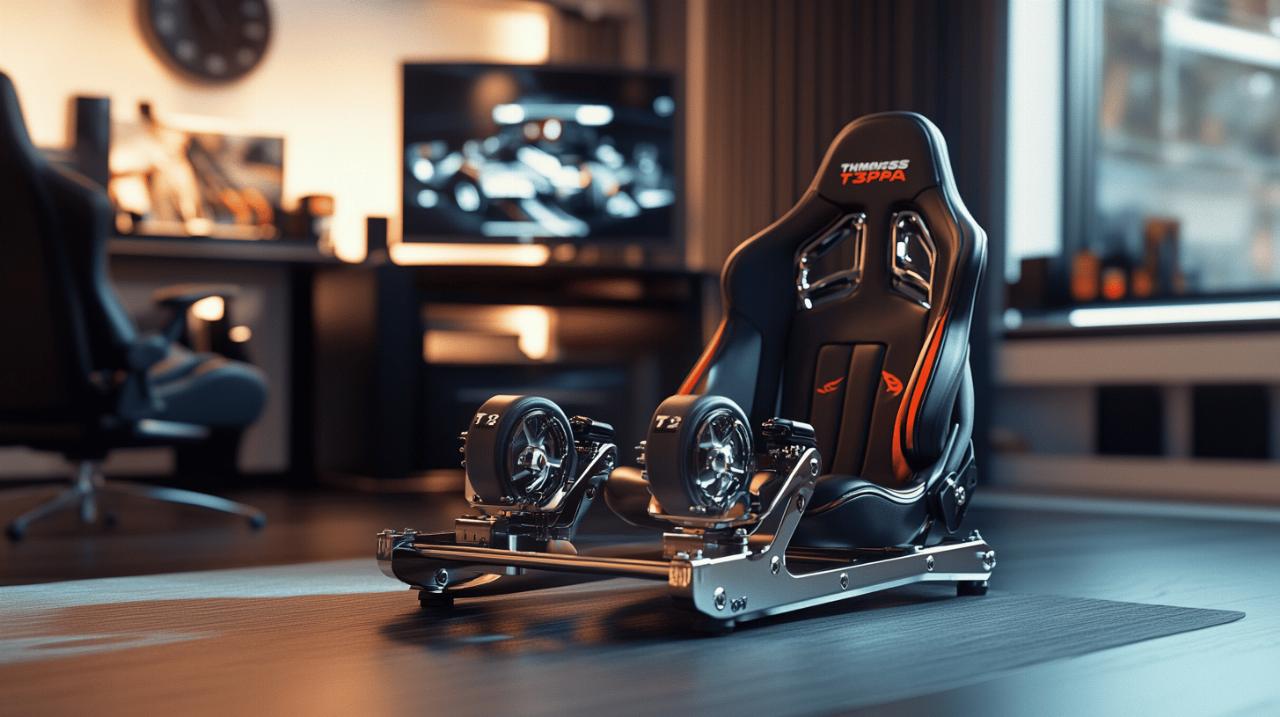When building a comprehensive Pokémon team, trainers often gravitate towards the flashy elemental specialists like Fire, Water, or Electric types. Yet there exists a category of Pokémon that, whilst perhaps lacking the immediate spectacle of their more flamboyant counterparts, provides an invaluable foundation for any competitive or casual squad. These are the Normal-type Pokémon, creatures that embody versatility and reliability in equal measure. Far from being mundane, these companions offer strategic depth and adaptability that can transform the fortunes of any battle, proving that sometimes the most understated choices yield the most remarkable results.
Understanding the Normal Type: The Foundation of Any Pokémon Team
What defines a normal-type pokémon?
Normal-type Pokémon occupy a unique niche within the broader ecosystem of the Pokémon world. Unlike their elemental cousins who harness the power of fire, water, or electricity, Normal types do not specialise in any particular natural force. Instead, they represent a balanced approach to combat, embodying characteristics that make them approachable and dependable. Their designs often reflect familiar animals or everyday creatures, which lends them an immediate relatability. From the quirky two-headed avian forms of Doduo and Dodrio to the peculiar dual-headed structure of Girafarig, these Pokémon demonstrate that being Normal does not equate to being ordinary. Their charm lies in their straightforwardness, allowing trainers to focus on building a well-rounded strategy rather than mastering complex elemental interactions.
In many ways, Normal types serve as the entry point for new trainers venturing into the world of Pokémon. Whether exploring the Sinnoh region in Pokémon Brilliant Diamond and Pokémon Shining Pearl or traversing the vibrant landscapes of Pokémon Let's Go Pikachu and Pokémon Let's Go Eevee, these creatures are frequently among the first wild Pokémon encountered. Their ubiquity across various regions and generations underscores their importance as foundational members of any Pokédex. Despite their commonplace nature, Normal-type Pokémon possess a surprising depth that rewards those who take the time to understand their capabilities. Their lack of specialisation does not diminish their value; rather, it highlights their role as adaptable team members capable of fitting into a wide array of tactical frameworks.
The strategic advantages of jack-of-all-trades companions
The true strength of Normal-type Pokémon emerges when one considers their remarkable move diversity. Unlike types that are constrained by their elemental affinities, Normal Pokémon can learn an extensive range of attacks spanning multiple categories. This flexibility allows them to adapt to various battle scenarios, providing coverage against a broader spectrum of opponents. A Pokémon like Porygon, for instance, can surprise adversaries by unleashing moves that transcend its Normal typing, creating opportunities for strategic plays that opponents might not anticipate. This adaptability makes Normal types invaluable for trainers who prefer unpredictability and creative battle solutions over rigid, type-dependent strategies.
Moreover, the versatility of Normal-type Pokémon extends beyond their offensive capabilities. They often possess well-rounded base statistics, making them capable of fulfilling multiple roles within a team. Whether serving as physical attackers, special attackers, or even defensive pivots, these Pokémon can be tailored to suit the specific needs of a trainer's overall strategy. This malleability is particularly beneficial when constructing a balanced team, as Normal types can fill gaps left by more specialised Pokémon. Their ability to complement other types without overshadowing them makes them ideal candidates for the backbone of any competitive or casual squad. In essence, Normal-type Pokémon embody the principle that true strength lies not in overwhelming power, but in the capacity to adapt and respond to an ever-changing battlefield.
Battle mechanics: strengths, weaknesses, and move diversity
Exploiting the Extensive Move Pool of Normal Pokémon
One of the most compelling reasons to incorporate Normal-type Pokémon into a team is their unparalleled access to a diverse move pool. Whilst other types are often limited to moves that align with their elemental nature, Normal Pokémon enjoy the freedom to learn techniques from a wide array of categories. This extensive repertoire includes not only Normal-type moves but also attacks of various other types, granting trainers the flexibility to counter opponents who might otherwise hold a type advantage. For example, a Normal Pokémon equipped with a Fighting-type move can effectively challenge Rock or Steel types that would typically resist Normal attacks. This capacity for cross-type coverage transforms Normal Pokémon into unpredictable threats, capable of turning the tide of battle through sheer versatility.
In addition to offensive diversity, Normal-type Pokémon often have access to valuable support and utility moves. Techniques such as recovery moves, stat-boosting abilities, and status-inducing attacks are frequently found in their move sets, allowing them to fulfil roles beyond straightforward damage dealing. This makes them excellent choices for trainers who favour strategic depth and tactical complexity. By leveraging these varied moves, trainers can craft nuanced battle plans that exploit opponent weaknesses whilst shoring up their own vulnerabilities. The extensive move pool available to Normal Pokémon is not merely a convenience; it is a strategic asset that elevates them from simple combatants to versatile tools capable of shaping the outcome of any encounter.
Navigating type matchups: fighting and ghost considerations
Despite their many strengths, Normal-type Pokémon are not without vulnerabilities. Chief among these is their pronounced weakness to Fighting-type moves. Attacks from Fighting Pokémon inflict double damage on Normal types, making them formidable adversaries in head-to-head confrontations. This weakness necessitates careful team composition and strategic planning, as leaving a Normal-type Pokémon exposed to a Fighting-type opponent can quickly result in a disadvantageous position. Trainers must therefore ensure that their squads include Pokémon capable of countering Fighting types, such as Flying or Psychic types, to provide the necessary support and balance. Understanding this vulnerability is crucial for maximising the effectiveness of Normal-type Pokémon in competitive battles.
Conversely, Normal-type moves face a significant limitation in their inability to affect Ghost-type Pokémon. Ghost types are entirely immune to Normal attacks, rendering such moves utterly ineffective. This immunity creates a tactical challenge for trainers relying heavily on Normal-type offensives, as encountering a Ghost Pokémon can neutralise a significant portion of their attacking potential. To mitigate this issue, trainers must equip their Normal Pokémon with moves of different types, ensuring they retain offensive options even when facing Ghost opponents. This need for diverse move sets underscores the importance of thoughtful team construction and move selection. By anticipating these type matchups and preparing accordingly, trainers can leverage the strengths of Normal-type Pokémon whilst minimising their weaknesses, creating a well-rounded and resilient battle strategy.
Remarkable normal-type pokémon across the generations
Iconic normal pokémon: from girafarig to dodrio
 Throughout the various generations of Pokémon games, numerous Normal-type creatures have captured the imaginations of trainers worldwide. Girafarig stands out as a particularly intriguing example, combining Normal with Psychic typing to create a dual-type Pokémon with a distinctive design. Its two-headed structure, with each head possessing its own personality, adds a layer of character that distinguishes it from more conventional Pokémon. This unique physique not only makes Girafarig memorable but also influences its battle capabilities, as the Psychic typing provides additional offensive and defensive options that complement its Normal-type foundation. Such dual-typed Normal Pokémon demonstrate the creative potential within this category, proving that Normal types can be just as imaginative and engaging as their elemental counterparts.
Throughout the various generations of Pokémon games, numerous Normal-type creatures have captured the imaginations of trainers worldwide. Girafarig stands out as a particularly intriguing example, combining Normal with Psychic typing to create a dual-type Pokémon with a distinctive design. Its two-headed structure, with each head possessing its own personality, adds a layer of character that distinguishes it from more conventional Pokémon. This unique physique not only makes Girafarig memorable but also influences its battle capabilities, as the Psychic typing provides additional offensive and defensive options that complement its Normal-type foundation. Such dual-typed Normal Pokémon demonstrate the creative potential within this category, proving that Normal types can be just as imaginative and engaging as their elemental counterparts.
Equally iconic are Doduo and Dodrio, the two-headed and three-headed avian Pokémon that defy expectations with their unusual evolutionary progression. Despite their flightless appearance, both Pokémon eventually learn to fly, adding a whimsical element to their otherwise straightforward design. Their rapid movement and powerful physical attacks make them formidable opponents in battle, particularly when employed by trainers who appreciate speed and aggression. Additionally, Pokémon like Azurill offer a fascinating glimpse into the evolution chains that bridge multiple types. Initially a Normal-type Pokémon, Azurill evolves into Marill, which adopts a Water-type classification. This transition highlights the fluidity of type categorisations and the interconnected nature of the Pokédex, reminding trainers that Normal types often serve as the starting point for diverse evolutionary paths.
Notable gym leaders and their normal-type partners
The prominence of Normal-type Pokémon extends beyond wild encounters and personal teams, as several Gym Leaders across various regions have chosen these versatile creatures as their signature partners. In the Sinnoh region, trainers navigating the challenges of Pokémon Brilliant Diamond and Pokémon Shining Pearl encounter Gym Leaders who wield a mix of types, yet Normal Pokémon often feature prominently in their rosters. The presence of Normal types in these pivotal battles underscores their competitive viability and the respect they command among experienced trainers. These Gym Leaders demonstrate that Normal Pokémon, when utilised effectively, can hold their own against trainers armed with specialised elemental strategies.
In the more recent adventures found in Pokémon Scarlet and Violet, the Levincia Gym presents trainers with formidable challenges. Whilst the Gym Leader there, known for their electric speciality, commands attention with a powerful Sunflora, it serves as a reminder of the diverse strategies employed across different regions. Normal-type Pokémon, though not the primary focus of every Gym, frequently appear as secondary team members, showcasing their ability to complement and enhance more specialised squads. This recurring presence in Gym battles highlights the enduring relevance of Normal types, proving that they remain a staple of competitive Pokémon training across generations. Their consistent inclusion in the teams of skilled trainers speaks volumes about their strategic value and the respect they command within the broader Pokémon community.
Optimising your normal-type strategy: abilities, items, and team synergy
Abilities and held items that enhance normal-type performance
Maximising the potential of Normal-type Pokémon requires a keen understanding of the abilities and held items that can amplify their effectiveness in battle. Certain abilities, such as those that boost the power of Normal-type moves, can transform an otherwise average attack into a devastating offensive force. These abilities often synergise with specific move sets, allowing trainers to craft specialised strategies that capitalise on the unique strengths of their Normal Pokémon. Additionally, held items such as the Silk Scarf, which increases the power of Normal-type moves, provide a straightforward yet effective means of enhancing damage output. By carefully selecting abilities and items that align with a Pokémon's natural strengths, trainers can elevate their Normal types from reliable team members to formidable battle assets.
Beyond offensive enhancements, defensive and utility-focused abilities also play a crucial role in optimising Normal-type strategies. Abilities that improve bulk, such as those that increase health points or reduce damage from certain types, can help Normal Pokémon withstand prolonged battles. Items like Leftovers, which provide gradual health recovery, further bolster their endurance, making them resilient pivots capable of absorbing hits whilst setting up advantageous situations. This combination of offensive and defensive optimisation ensures that Normal-type Pokémon remain viable throughout extended battles, contributing to both immediate tactical needs and long-term strategic goals. By thoughtfully integrating abilities and items into their training regimen, trainers can unlock the full potential of their Normal Pokémon, transforming them into indispensable components of a winning team.
Building a balanced team: how normal pokémon complement other types
The true hallmark of an effective Pokémon team lies in its balance and synergy, and Normal-type Pokémon excel in their capacity to complement a wide array of other types. Their versatility allows them to fill gaps within a team's coverage, providing support where more specialised Pokémon might falter. For instance, a team heavily reliant on Fire and Water types might struggle against certain opponents that resist these elements. Introducing a Normal-type Pokémon equipped with a diverse move set can mitigate these weaknesses, offering alternative offensive options that keep opponents guessing. This adaptability makes Normal types ideal for rounding out a roster, ensuring that trainers have answers to a variety of challenges they might encounter during their journey.
Furthermore, Normal-type Pokémon often serve as reliable anchor points within a team, providing stability and consistency that more volatile types might lack. Their well-rounded statistics and broad move pools enable them to perform multiple roles, from physical attackers to special tanks, depending on the needs of the moment. This flexibility is particularly valuable in dynamic battle scenarios where adaptability can mean the difference between victory and defeat. By incorporating Normal Pokémon into their squads, trainers gain access to a dependable foundation upon which they can build more aggressive or specialised strategies. Whether venturing through the Grand Underground of Sinnoh or customising trainer outfits in the bustling Celadon City Department Store, the presence of a well-trained Normal-type Pokémon ensures that trainers are prepared for whatever challenges lie ahead, embodying the principle that versatility and reliability are the cornerstones of any successful Pokémon team.





